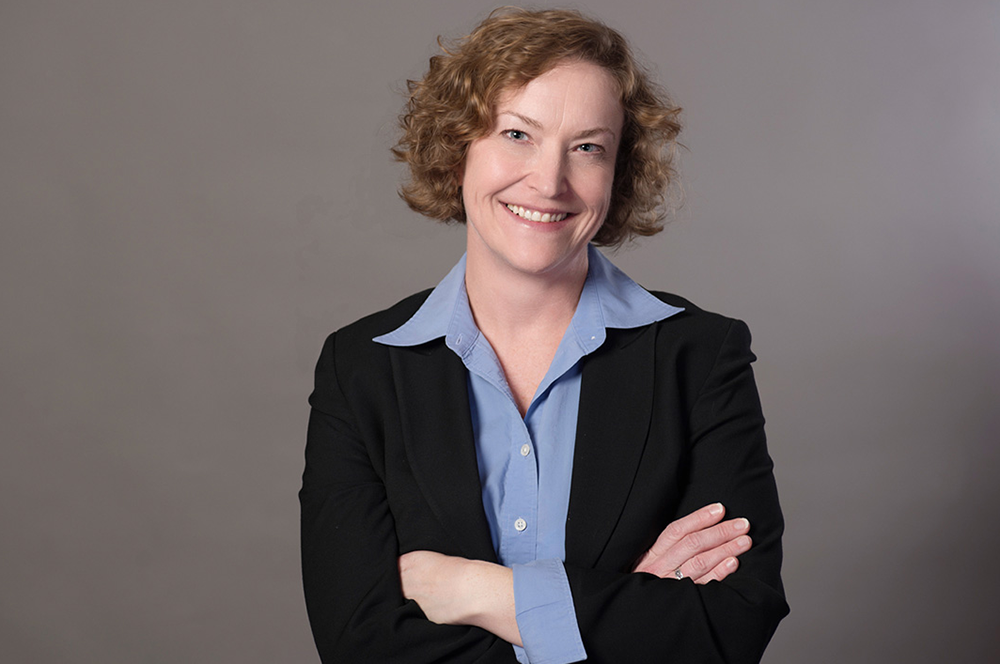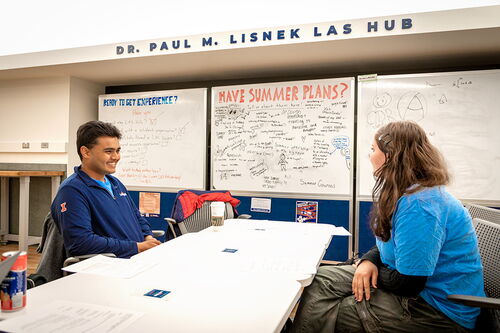Will the White House continue to use photos as a social media tool?

White House photographers once shot mostly for history; today their photos are as likely to be used for daily image-making and social media, thanks to changes under President Obama. Communication professor Cara Finnegan took an early look in 2010 at Obama’s White House Flickr account, the first for a president. She has since looked back at the photographing of presidents over more than 175 years for an upcoming book. She spoke with News Bureau social sciences editor Craig Chamberlain about picture-making in the White House – present, past and future.
Just how significant have been the changes under Obama in the way White House photographs have been made and used?
Very significant. Obama has taken unprecedented advantage of the digital revolution in photography. The White House launched its Flickr account just after the 2009 inauguration, using it to regularly share photos produced by official White House photographers. That feed now has more than 6,500 images on it; news media and the public often pick up these photos and circulate them further. More recently, the Obama photo operation has expanded onto other popular platforms such as Instagram. As a result, the public now receives a nearly constant feed of imagery, where before these photos might have gone largely unseen until the presidential library opened.
Why have those changes been so important, and in some cases concerning?
Social media allows presidents to communicate directly with the public in ways that largely bypass traditional media. We need to recognize that these images are carefully curated; the White House is invested in showing the president in a particular light. In addition, some photojournalists who cover the White House have concerns about access. While the White House photographer has access to everything, photojournalists point to times when they have been shut out of opportunities to make the kinds of images the press used to routinely shoot. This raises concerns about transparency.
What seem to be the key motivations and goals behind the way the Obama White House has used photos?
I see four goals as primary: to legitimize Obama’s authority as president, to picture him as a “man of the people,” to advertise policy programs, and to chronicle the presidency for history.
Early White House photos emphasized Obama’s role as the first African-American president by visually associating him with the “mythic” presidents, those presidents we typically think of as the embodiment of American strength and heroism – for example, a painting of Teddy Roosevelt or a bust of Abraham Lincoln. As popular sites like President Obama with Babies illustrate, informal White House photos of Obama with children or pets also humanize the president and make people feel they know him as a person.
More recently, the White House digital strategy office has begun to use photography-driven social media like Instagram to advertise policy initiatives. In August 2014, for example, President Obama “took over” the White House’s Instagram feed on a trip to Alaska to promote climate change policies.
Finally, White House chief photographer Pete Souza always states that his goal is to chronicle the presidency for history, as past White House photographers have done, so that students and scholars studying Obama in the future will have those visual resources available to them. Souza estimates he will have shot over 2 million images, all of which have been saved according to terms of the Presidential Records Act.
Donald Trump has proved to be a master of social media through Twitter. Can you envision how these White House practices pioneered under Obama might evolve further in the Trump White House?
Trump is a creature of media. He favors Twitter as a mechanism for speaking his mind whenever and how often he chooses. White House cybersecurity protocols may limit Trump in terms of whether and how he can actually do that as president, though he will probably try to keep Twitter available to him somehow.
I suspect that social media use won’t so much evolve in a Trump White House as it will shift. Unlike the “no drama” Obama White House, which emphasizes a coherent overall message for the president and executive branch, I suspect what we will see with a Trump White House are two relatively separate but sometimes overlapping media operations. One may involve outlets for Trump’s individual expression, such as Twitter, and the other will involve messaging related to overall goals of the executive branch. Whether these two approaches will eventually merge or even communicate very well with one another remains to be seen.
What makes the presidency such a compelling subject through which to study the history of photography?
Photography has never been only one thing. Where we once had daguerreotypes, the first 19th century photo technology, we now have digital selfies; the medium transforms itself all the time. As a result, when we study the history of photography we are really studying how people used and reacted to new media at different moments in time.
Presidents have participated in photography since its beginnings, so accounts of their experiences tell us a lot about different moments in photography’s development. When former president John Quincy Adams wrote about his first experience being photographed in 1842, for example, he lamented that he fell asleep during the long exposure times and ruined all the images. He also complained that he didn’t like pictures of himself, something we can all relate to.








